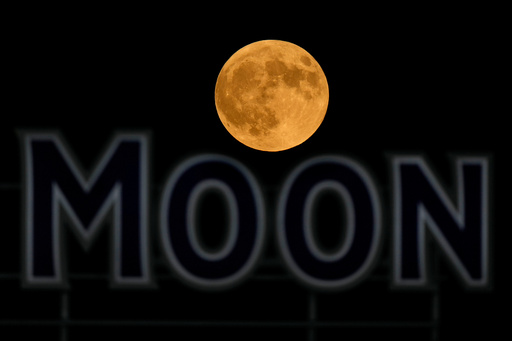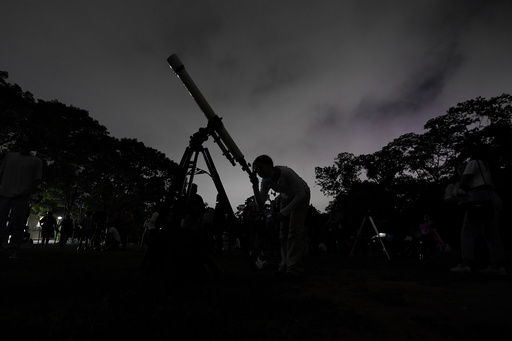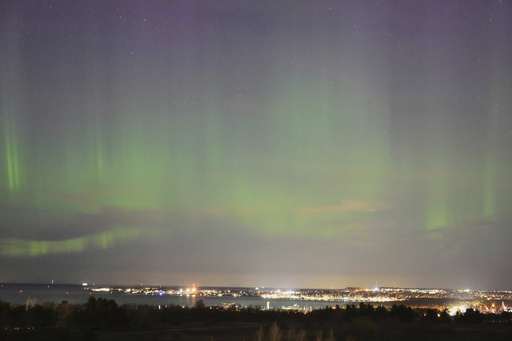
2 green comets shine bright. How to spot them in the night sky
Two bright green comets are streaming through the skies and are visible to skygazers in the Northern Hemisphere. Both hail from the outer edges of our solar system. Comet Lemmon will have its closest brush with Earth on or around Tuesday. To spot the pair, go outside just after sunset and look north for Comet Lemmon close to the horizon. Comet SWAN is traveling away from the sun and will also be near the horizon, but to the southwest. The comets appear green because of gases streaming off their surfaces. From Earth, they’ll look like gray, fuzzy patches.








